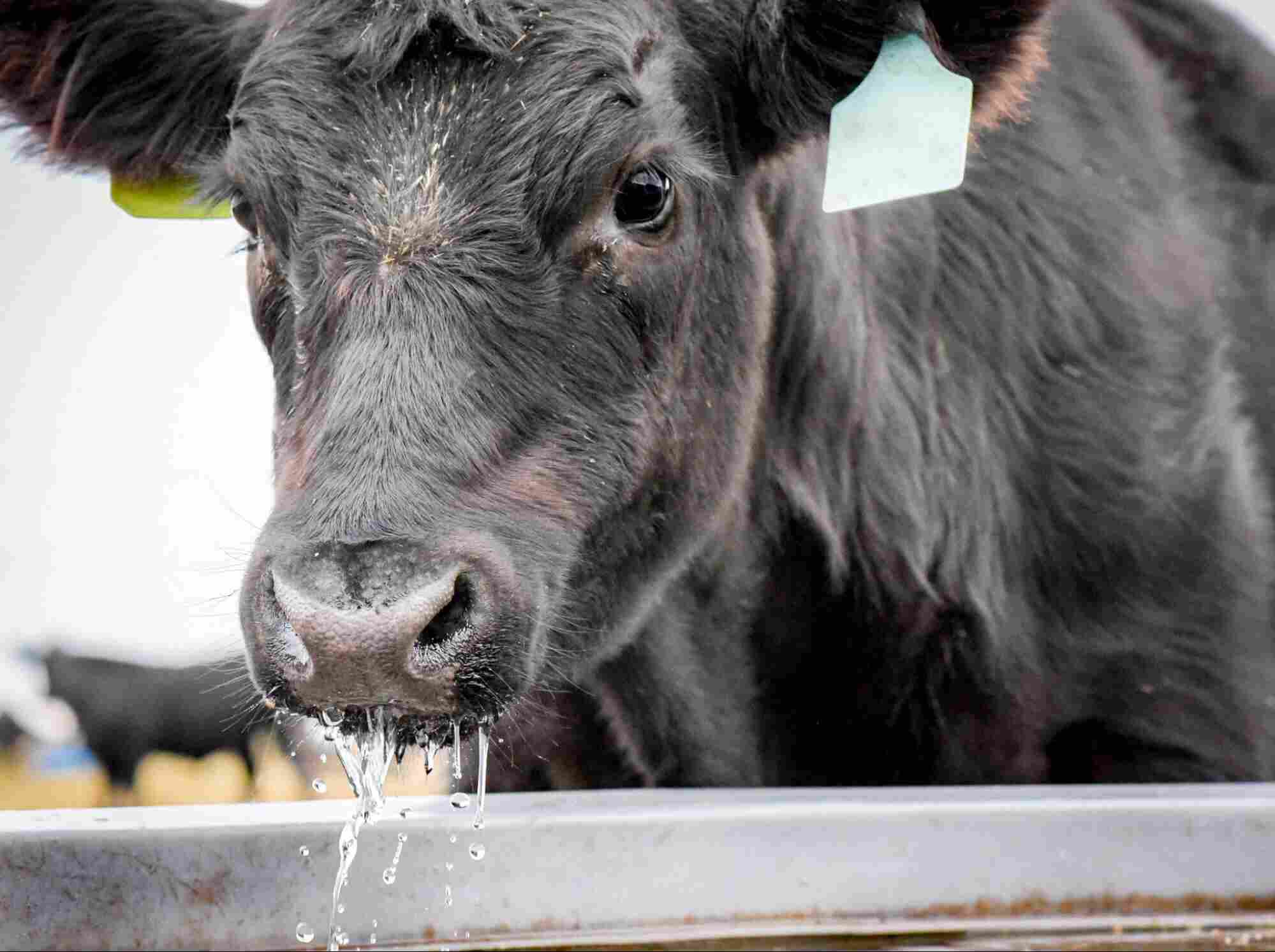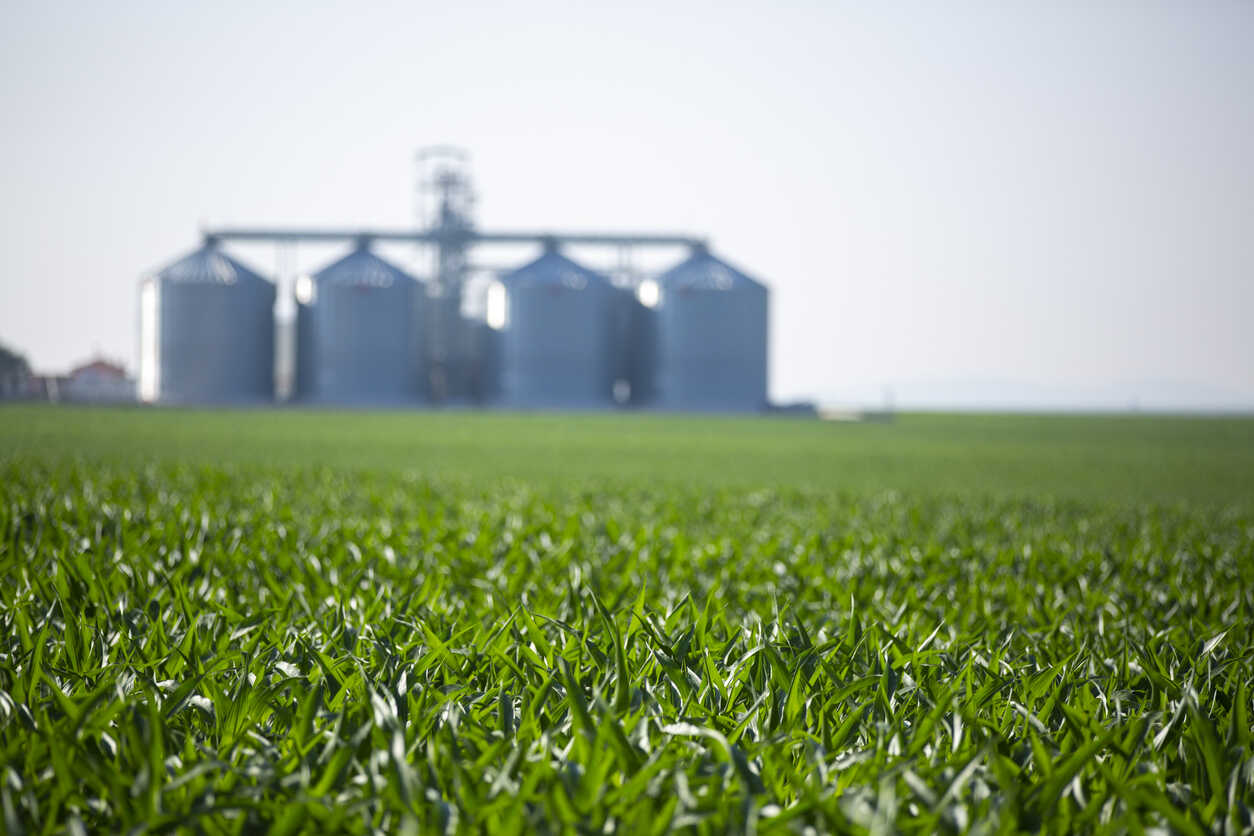Most producers already start their days before sunrise. Between walking pens, refilling feeders, and troubleshooting the usual breakdowns, feeding alone can take up half the morning. Adding in the reality of fewer available workers and the pressure to maintain steady growth rates, it becomes clear that something needs to change.
This is exactly where automated feeding systems offer value. These systems are built to deliver consistent feed, on time, without relying on someone being there every single hour. Instead of chasing feeders and hoping nothing goes wrong, you can rely on automation to do the heavy lifting, letting your crew focus on animal care and equipment maintenance.
What problems do automated feeding systems solve?
The biggest problem for most hog operations today is labour. Either there are not enough people available, or the ones you do have are spread too thin. This makes it easy to fall behind on feed schedules, especially during winter or busy shipping weeks. When feedings are inconsistent, pigs fall behind in growth, and that can cost you big at the end of the cycle.
Another common issue is feed waste. Overfeeding, missed feedings, and mechanical errors in manual systems all lead to higher input costs. With feed prices rising, waste is something few operations can afford. Automated feeding systems solve both problems. They reduce the need for manual labour and ensure that feed is delivered accurately and efficiently, every single time.
What is included in an automated feeding system?
A typical automated feeding system includes programmable controls to manage when and how much feed is distributed to each group of animals. Systems are tailored to your barn layout and can support multiple feed types or delivery methods. The setup often includes control panels such as MCCs, VFDs, and PLCs, which allow for precise motor control and scheduling. Sensors monitor bin levels and system performance, while alerts notify staff of any issues, such as clogs or low feed levels.
Some farms also opt to integrate their feeding systems with climate controls or water automation, thereby creating a comprehensive barn management solution. Current Group installs scalable systems, meaning you can start with one section of the barn and expand over time as needed.
How reliable are these systems during Alberta winters?
Cold weather adds another layer of complexity to any manual feeding process. Frozen lines, inconsistent flow, and equipment that refuses to start in temperatures as low as minus 30 are common challenges. That is why your automation system must be built for local conditions. The automated feeding systems provided by Current Group are designed for year-round performance in Alberta and Saskatchewan barns.
Components are chosen for durability and freeze resistance. All systems are installed with the realities of barn life in mind, including dust, moisture, and heavy use. When temperatures drop or conditions become unpredictable, your feeding program continues to run on schedule without requiring extra hands or last-minute adjustments.
What kind of farms are using automated feeding systems?
Whether it is a Hutterite colony managing thousands of hogs or a large family operation trying to accomplish more with fewer hands, automated feeding systems are becoming increasingly common across Western Canada. Producers are realizing that consistent feed delivery has a direct impact on animal performance and overall barn efficiency.
How much maintenance is required for automated systems?
One of the reasons many farmers hesitate to adopt new systems is the fear of constant breakdowns or complex maintenance. The reality is that most automated feeding systems require less attention than older manual setups. Daily checks are quick and straightforward. System alerts make it easy to catch problems early before they lead to missed feedings or equipment damage.
And because Current Group is based in Alberta, help is always close by. If something does go wrong, you’re not stuck waiting for parts or dealing with call centers. You receive genuine support from a team that understands agriculture and your operation.
What is the cost and return on investment?
The upfront investment depends on the size of your barn and the extent to which you want to automate the system. However, most producers see payback in less than two years. Between reduced labour costs, lower feed waste, and improved weight gain, the savings add up fast. Even partial automation—starting with grower pens or just one section of the barn—can make a noticeable difference.
When you consider the value of your time, your team’s energy, and the cost of inconsistent feeding, automated feeding systems are not just a convenience. They are a strategic investment in the long-term success of your farm.c
How do I get started?
The first step is a walk-through of your facility. Current Group will review your current setup, talk through your biggest challenges, and recommend a system tailored to your barn, your crew, and your goals. Whether you want to retrofit your existing feeders or design something new from scratch, our team can help make it happen.
Reach out to Current Group today. Let’s take the pressure off feeding and put consistency back in your operation.






